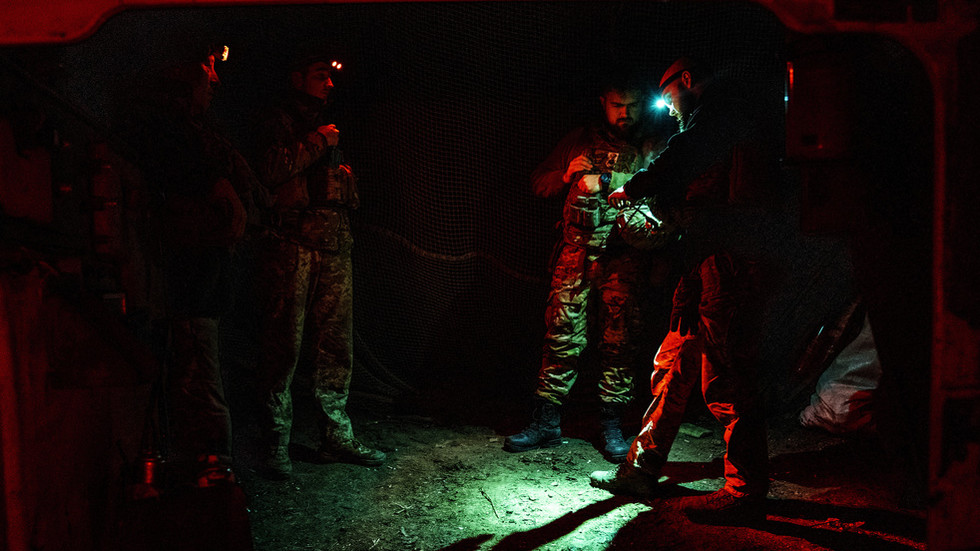
Nearly three years after four University of Idaho college students were stabbed to death in an off-campus house in Moscow, Idaho, in the early morning hours of Nov. 13, 2022, a 30-year-old former criminology student Bryan Kohberger confessed to the murders on July 2 and signed a plea deal that would save him from the death penalty.
[time-brightcove not-tgx=”true”]Kohberger, who was a graduate student at Washington State University, near the University of Idaho, admitted responsibility for the murders of sorority girls Madison Mogen, 21, Kaylee Goncalves, 21, Xana Kernodle, 20, and a fraternity brother Ethan Chapin, 20.
In August, Kohberger was set to stand trial, but under the plea deal, he would serve four consecutive life terms in prison. A judge will formally sentence him on July 23.
The victims’ families have had mixed reactions. While Leander James, an attorney for Mogen’s parents, said outside the courthouse, “We support the plea agreement 100%,” Steve Goncalves, Kaylee’s father, told NewsNation, “This is anything but justice. This is the opposite of our will. There was no majority believing that this was acceptable.”
From the trial, the families were hoping to get some clarity on why these college students were targeted. Kohberger’s motive is still unclear. A docu-series, One Night in Idaho: The College Murders, out on Prime Video July 11, outlines the turning points that led to his arrest and the leading theories about his motive. It also aims to humanize the victims, featuring interviews with their families and friends who shed light on their personalities.
Here’s what to know about One Night in Idaho: The College Murders.
How Bryan Kohberger was caught
“There’s a fair amount of detail that pointed in his direction,” Matthew Galkin, co-director, tells TIME.
Kohberger’s car—a white Hyundai Elantra that was registered to him—was caught on camera by the off-campus house where the victims lived.
DNA on the knife sheath found at the crime scene was traced to Bryan’s father, and then ultimately to Bryan.
Cell phone records also showed that Bryan had been in the area of the crime scene. The device was turned off right before the murders and was turned back on right after the murders.
The FBI honed in on him after he took a cross-country trip with his father and arrested him in Pennsylvania on Dec. 30, 2022, a little over a month after the murders.
Theories about Bryan Kohberger’s motive

Many study criminology to learn about the criminal justice system. A theory in the series is that Kohberger may have studied criminology to prepare for committing a crime.
In the series, people in undergraduate criminology classes with him at DeSales University say he was always asking questions about killers’ motives and how killers’ felt about the crimes that they committed. They don’t recall him socializing on campus, just coming to classes and leaving right afterwards.
One Night in Idaho also features administrators of a Facebook group that aggregated details of the case, who flagged that someone under the username Papa Rodger posted numerous times about the crime, including questions about how the killer held the knife. The user also posted about a knife sheath before the sheath discussed in the case. The person in the avatar even resembled Kohberger in real life, and the user never posted again after Kohberger was arrested.
The series also explores whether Kohberger was an “incel” (short for involuntary celibate), part of a movement of men who are frustrated that women won’t have sex with them. The Facebook group admins point out that Papa Rodger is similar to the name of a hero in the incel community, Elliot Rodger, the 22-year-old who killed seven men and women near the campus of the University of California, Santa Barbara, in a 2014 rampage that targeted a sorority house. DeSales classmates also say in the doc that they studied Rodger, and that Kohberger was especially curious about his case.
“It does seem like girls were the intended victim of Bryan’s rage,” Liz Garbus, co-director of One Night in Idaho, tells TIME.
What to know about the victims

The series shows that the four victims were having a great time in college, surrounded by friends and family who loved them.
“We don’t want to remember them just as victims, we want to remember them as human beings,” says Garbus. “You get a sense of their personalities, who they like to hang out with, what kind of music they love, what their college experience was like.”
Maddie and Kaylee had been best friends since growing up. They complemented each other, with Kaylee being the prankster and jokester, and Maddie being the quieter one.
Friends described Xana as someone who could make friends with anyone and who had the best taste in music. The students left a large social media footprint behind and videos of their shenanigans are woven into the series. Viewers will see Ethan and Xana belting out country music like Luke Combs’ “Beautiful Crazy.”
Ethan was a triplet, and his siblings also attended the University of Idaho. The surviving siblings are featured in the documentary, talking about how they still stuck together in college and were never apart for more than 12 hours.
In the most moving parts of the series, the grieving parents talk about how they have found the courage to move forward with their lives after the children’s murders, and their descriptions of what keeps them going can be useful to anyone going through a difficult time in life.
Ethan’s dad Jim talks about how he keeps his son’s remains in the basement so that he can go down and talk to Ethan whenever he wants. Ethan’s mom Stacy said at a certain point she just decided she was going to wake up and put her best foot forward, arguing, “you have a choice to get up and live your best life.”
Karen Laramie, Maddie Mogen’s mother, says she is always thinking about “how would Maddie and Kaylee want to see me. Would they want me crying in my pajamas—can’t get out of bed—or would they want to see me talking about them and how amazing they are? That’s a struggle. You never know how strong you are until strong is all you can be.”

 3 hours ago
2
3 hours ago
2









